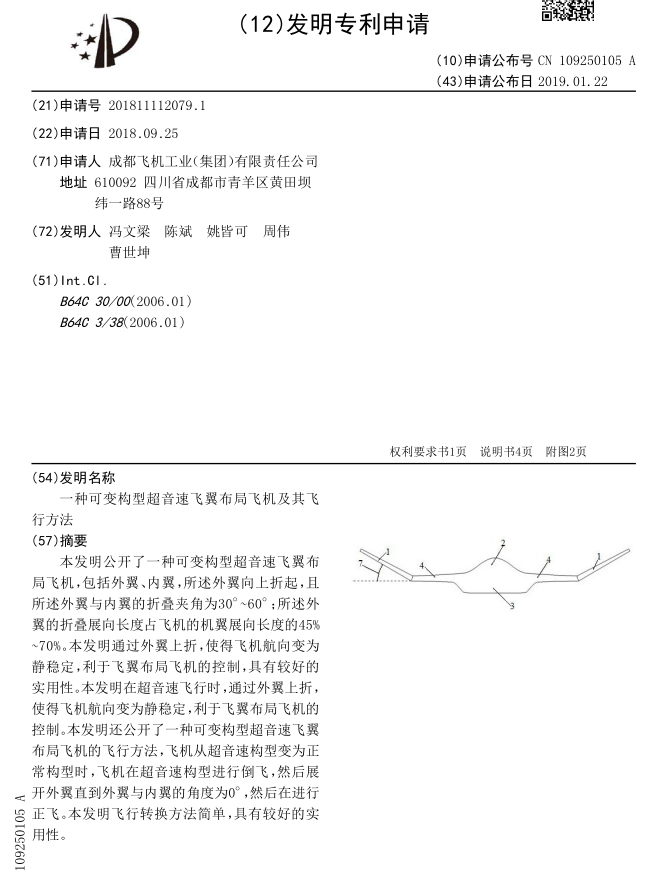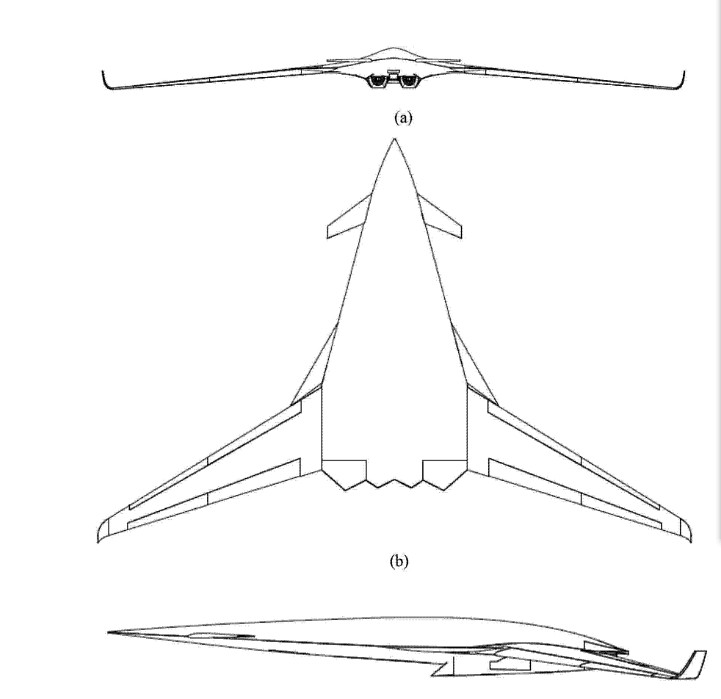Hendrik_2000
Lieutenant General
so you have a small truck that deliver something that also need another truck to deliver fuel for it. In the mean time you have a big truck idling in your garage that can deliver a lot more in one go.
Why all the trouble of refueling then?
It come to economic sure they can use Y 8 to deliver good but do they need it to deliver small parcel ? Ship is the preferred transportation to deliver bulk good but it take 4 or 5 days. Now if you need medicine or electronic spare part in 2or 3 hour Do you shipped it by Y-8? That is complete waste of fuel and manpower Anyway these bases will have plenty of kerosene deliver by ship
This UAV is single small engine no expensive pilot. It can make regular delivery instead of waiting until Y8 filled up their order











